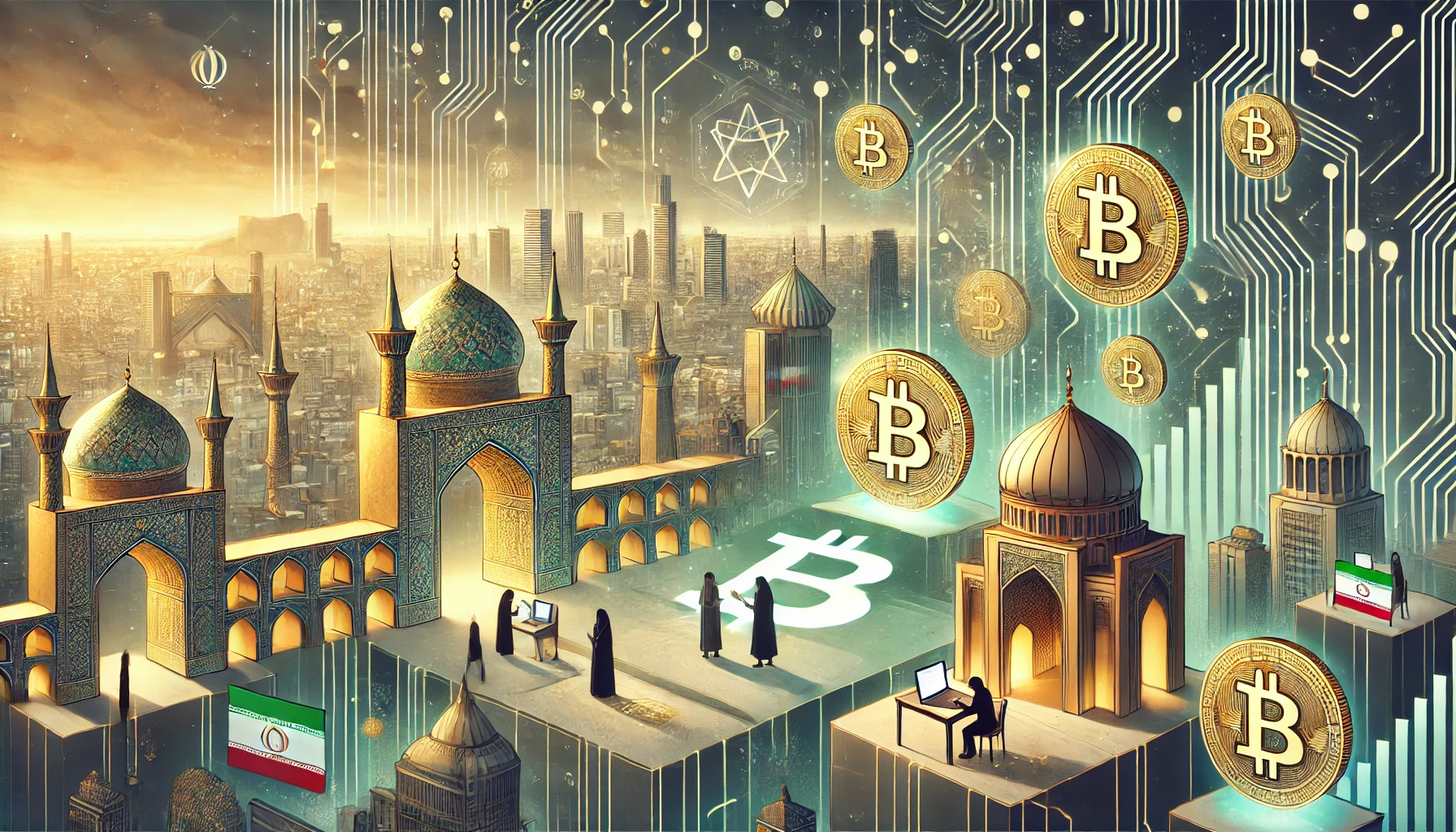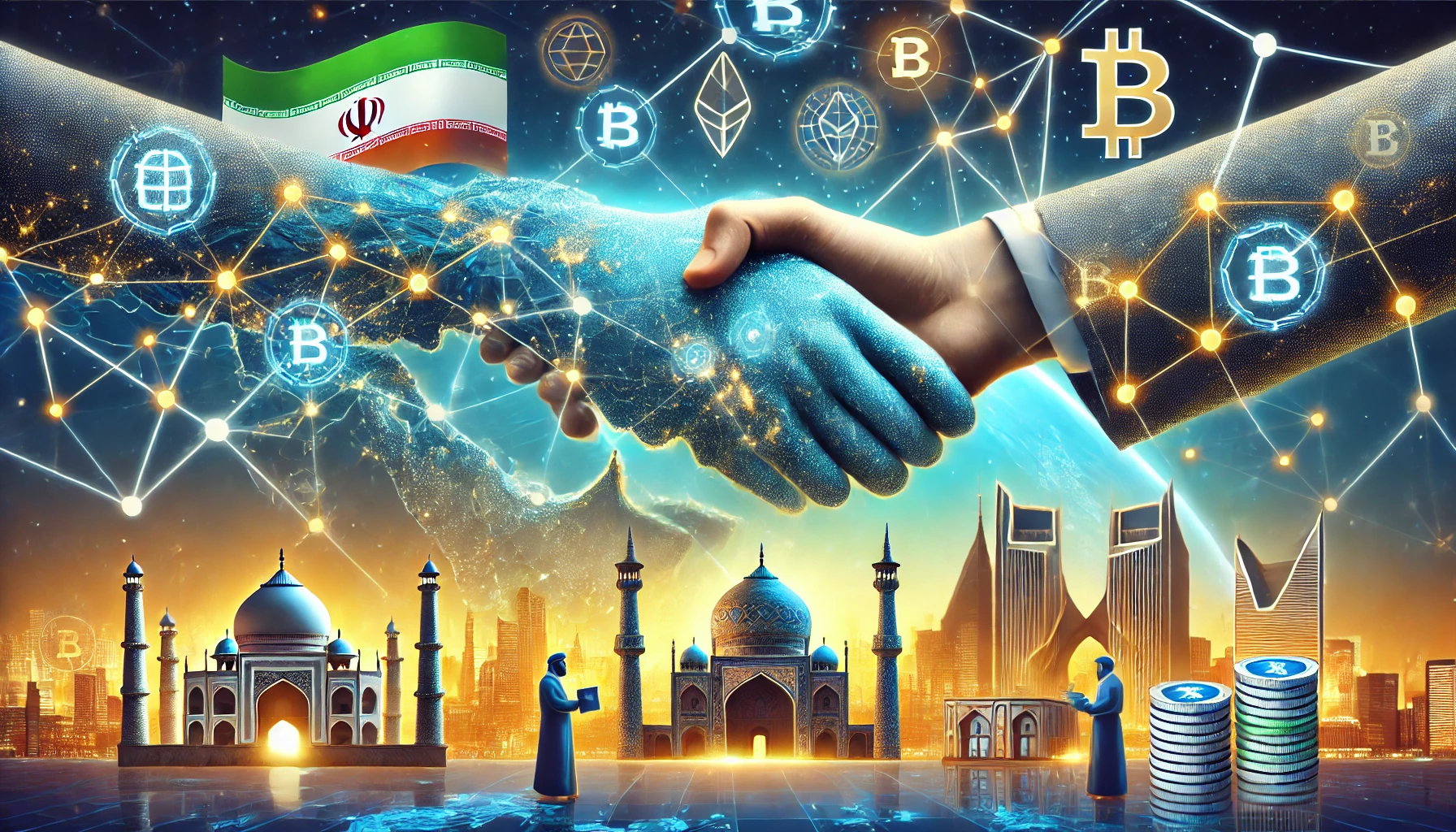According to Central Bank Governor Mohammad Reza Farzin, the Digital Rial would also be a Central Bank Digital Currency (CBDC) to prepare the country’s economy for dealing with international sanctions. The announcement was made at a conference on Modern Banking and Payment Systems in Tehran on November 25.
He stated that this initiative is meant to modernize the bank infrastructure and facilitate banking for purposes of internal or international transactions.
Development of the Digital Rial in Iran

Digital Rial development has been in progress since 2018, using Hyperledger tech for development processes. Farzin emphasized that this CBDC is the best method by which Iran can address external threats and simultaneously ensure continuity in its finances. Recently, the project has completed a “pre-pilot phase” involving several Iranian banks, along with successful initial tests in tourist-rich areas such as Kish Island.
The Digital Rial’s initiation is a part of Iran’s plan to align the economy and the financial systems with global standards despite sanctions. Farzin has emphasized that resilience in the banking system would require innovation. This underscores Iran’s commitment to making economic independence digital.
“Our priority in innovation is about counteracting external pressures and sustaining financial systems continuity,” Farzin added, instilling a sense of confidence in the stability of Iran’s financial system.
Recently, the U.S. Department of the Treasury slapped sanctions on agencies that have been involved in Iran’s CBDC program, such as the Informatics Services Corporation (ISC), which happens to be a subsidiary of the Central Bank of Iran.
These sanctions target networks assisting illegally exporting technologies from U.S. companies into Iran as well as supporting the IRGC (Islamic Revolutionary Guard Corps). This is because Iran had to develop a CBDC that would actually help the country avoid the U.S. sanctions and sustain its economic independence.
The Role of the Digital Rial in Regional Cooperation

Such partnerships would promote cross-border transactions and improve regional trade in addition to establishing alternatives to the existing traditional systems like SWIFT. Farzin states that such initiatives highlight Iran’s capacity for ingenious financial solutions while under international isolation.
Besides launching the Digital Rial, Iran aims to work with Russia on integrating its Shetab payment system with the MIR network for mutually beneficial returns.
Iran is also working on developing a gold-backed stablecoin with Russia as part of the strategy to enhance its ability to trade internationally without conventional currencies. The Digital Rial, however, is not aimed at domestic economic management alone; it is also projected as a means to further engage with other BRICS countries, which are constantly seeking to cut off their ties with the U.S. dollar.
The introduction of the Digital Rial is a step in transforming Iran’s financial system. It will do so even as it wriggles through very complex geopolitical conditions. Attracting advanced techniques and forming wider regional partnerships, Iran seeks to create the foundation of a more resilient economic architecture, resilient to external pressures. It enhances the ability of its position within the global financial structure.
Conclusion: Iran’s Path Forward with the Digital Rial
The collaboration between Iran and Russia in developing a gold-backed stablecoin deepens Iran’s commitment to diversifying its financial avenue: a long-term strategic move toward trade without conventional currencies to lower sanctions vulnerability. By tapping into the potential of the Digital Rial, Iran undertakes a significant economic transformation and innovation, as well as regional cooperation, as the essential building blocks of a robust future financial ecosystem.
In conclusion, it is important to know how Iran handles the possible risks embedded in implementing such a digital currency while interesting partners in international joint ventures that would increase its economic resilience.








